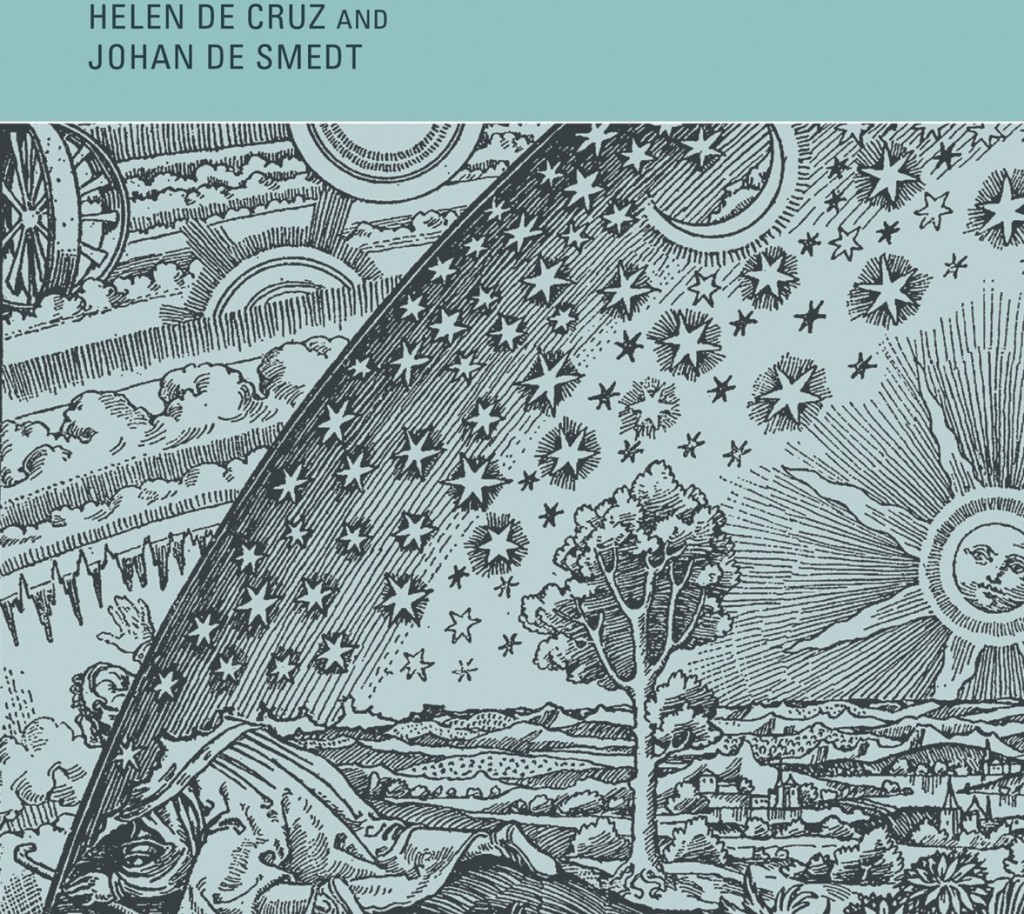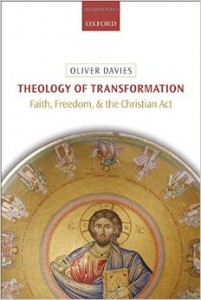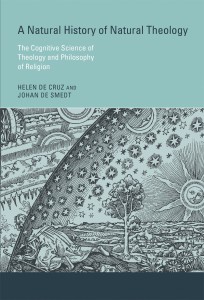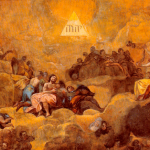
I have this nasty little habit of reading several books simultaneously. The variety of my reading experiences spices things up by helping me make connections between several texts.
Right now I’m reading Gadamer’s Truth and Method, Levering’s The Theology of Augustine, and Mosebach’s novel What Was Before. After starting a blog series on atheism with the pieces Those Christians Who Think there is an Atheist Worldview Deserve a Tinfoil Hat and John Gray: Waiting for an Atheist Morality is Like Waiting for Godot I added A Natural History of Natural Theology by De Cruz and De Smedt to the list yesterday.

We’ll see how the connections with this book play themselves out, but I suspect the comparison with Truth and Method will be most fruitful. Gadamer’s book is built around a defense of humanistic knowledge in its concern with unique phenomena against method with its tendency to downplay the unique in its search of lawlike patterns.
What’s interesting about A Natural History of Natural Theology is that it takes a humanistic area of experience, religious experience, and submits it to rigorous methodical analysis. Such a procedure does not need to be necessarily reductionist as I’ve noted in my overview of Oliver Davies’ argument that neuroscience, genetics, and evolutionary biology put us on the threshold of a Second Scientific Revolution. He believes these new disciplines overcome the dualism of the First Scientific Revolution, therefore, they are much more amenable to an incarnational religion like Christianity.

The unnaturality of religion is something the New Atheists (read: #NotAllAtheists) like to harp on. There is the ever entertaining Richard Dawkins who tantalizingly argues that forcing religion upon your children is tantamount to child abuse. I don’t think anybody really loses much sleep over such bald assertions, but then it does make one wonder whether one has to force religion upon kids at all. For example, my own son came up with a whole odd theology of his soul’s preexistence in heaven before he was born. He ain’t heard that from me.
De Cruz and De Smedt note how naturally fairly sophisticated arguments from cosmology, morality, design, and beauty come to nonspecialists across religious traditions (They also add the negative argument from as evil as one such natural phenomenon). They confess their argument is not all that original since you can see something like it already in St. Paul [and I might add in Wisdom]:
Through the grandeur and beauty of the creatures, we may, by analogy, contemplate their Author (Wisdom 13:5).
Ever since God created the world, His everlasting power and deity–however invisible–have been there for the mind to see in the things He has made (Romans 1:20).
Given my full reading table this is merely a preliminary peek at this book. The following passage stands out:
In recent years, cognitive scientists have begun to investigate the psychological underpinnings of religious beliefs. Using evidence from fields like anthropology, developmental psychology, and neuroscience, they have convincingly argued that religion relies on normal human cognitive faculties. Religious beliefs arise early and spontaneously in development, without explicit instruction.

Note the last two words in that passage.
Furthermore:
They exhibit cross-cultural similarities such as afterlife beliefs and a belief in supernatural agents. Such beliefs are examined in terms of ordinary cognitive biases and constraints. Philosophers are exploring the implications of this research for the justification of religious beliefs. Can the rationality of religious beliefs be maintained in light of the fact that they are the result of these cognitive processes?
I’m most interested in the last question they ask in the passage above: Does the naturalness of religious beliefs negate their rationality? (I would add that only modernity would think of nature as being in conflict with rationality.)
We’ll see.
It might turn out that Richard Dawkins is the one peddling superstition:
Look at my TOP10 list on religion and science for all the latest developments in this dialogue. See also: My posts on Oliver Davies here and here.












